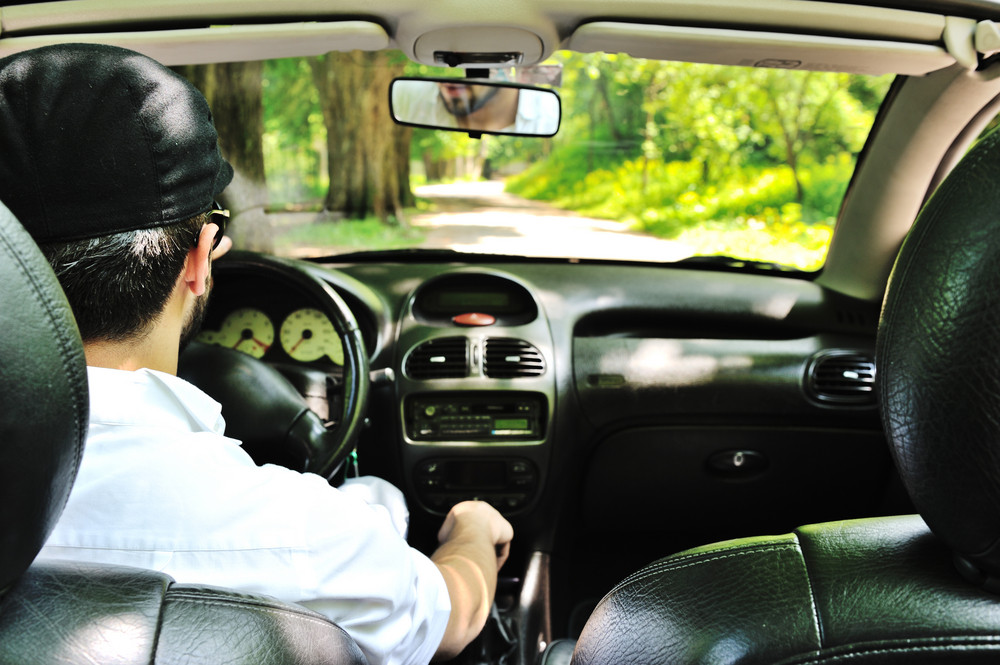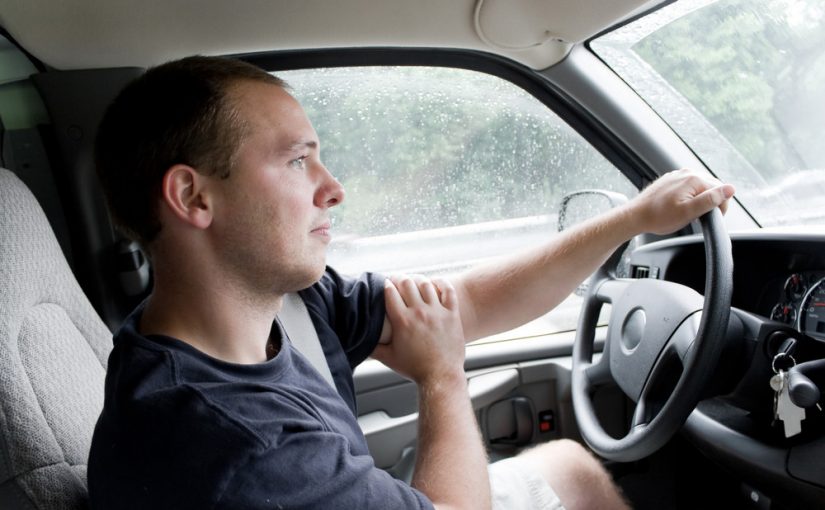If you have ever pulled a trailer or towed a vehicle, then you have most likely experienced sway. It’s really not a fun feeling when there are large gusts of wind and your trailer starts swaying back and forth. This can make it a bit difficult to keep your vehicle and the trailer in the right lane.
This is a common towing experience that can become a serious issue if you are dealing with a heavier load. Swaying can become quite dangerous for yourself and other vehicles on the road if you don’t handle it correctly. According to the National Highway Traffic Safety Administration, there are more than 50,000 accidents yearly related to towing. There is why sway control is important.
Sway Control Solutions
Fortunately, there are ways to reduce the amount of sway you experience during towing. This includes anti-sway bars and sway control systems that can help make your trailer more stable. This is achieved by making the connection between the trailer and the tow vehicle tighter. That way, it becomes easier to manage your trailer and ensure that it stays in line behind the tow vehicle. This is quite important when you are traveling at high speeds. Sway control systems are designed in a way that enables them to easily integrate with different types of hitches.
Sway Control Increases Road Safety
There is a lot that can go wrong in the absence of sway control. You can lose control of both the vehicle and the trailer and this can result in serious accidents. This also threatens the safety of other drivers on the road. Sway control systems are basically safety designs that any outbacker should have. If you don’t want to end up damaging your trailer or tow vehicle, it’s important to ensure that you have an effective sway control system.
Better Control
A sway control system gives you greater control of your vehicle and trailer. Consequently, it improves productivity by allowing you to concentrate on driving rather than controlling the trailer. When towing, having greater control and less sway means there is a reduced chance of material damage due to accidents and swinging loads.
These are some of the reasons for using sway bars. It’s important to ensure that you drive safely when towing a trailer. Are you having problems with sway? Get in touch with us today and we can help you choose the best sway bar for your trailer and vehicle.
Hayes Towing Electronics Products are Proudly Made in the U.S.A.














